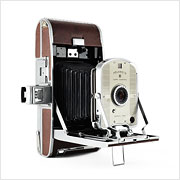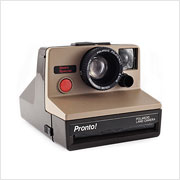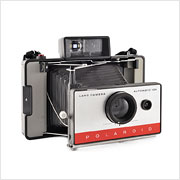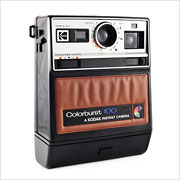Polaroid Land Model 95A
The Polaroid Land Model 95A is a variant of the Model 95, the first of the flagship Land Cameras (named after Polaroid founder Edwin Land) and the very first practical instant film camera in history. Polaroid is synonymous with instant film and Edwin Land’s name adorned Polaroid’s most advanced instant cameras for well over 30 years until he finally retired from the company in 1982.




